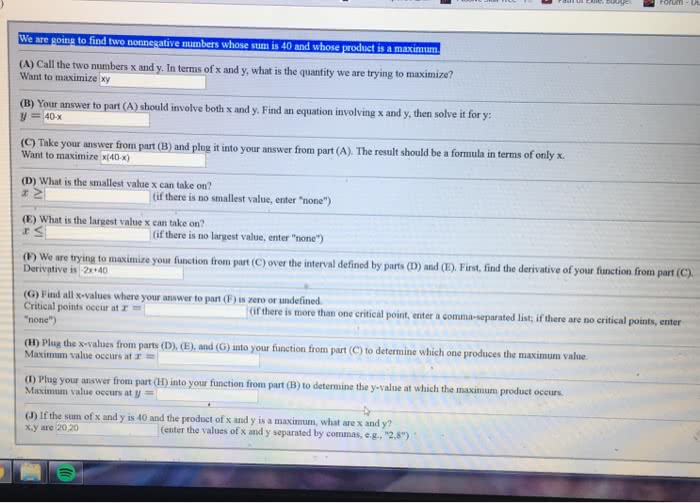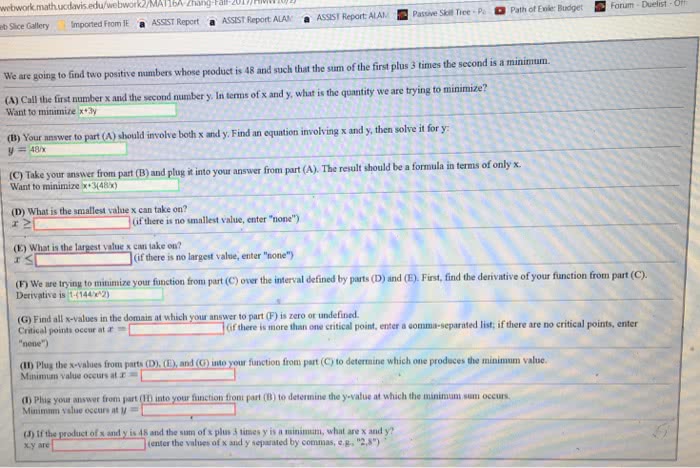MATH 1148 Lecture Notes - Lecture 9: Rational Function, Algebraic Equation
Document Summary
An inequality is the result of replacing the = sign in an equation with , , or . For example, 3x 2 < 7 is a linear inequality. We call it linear because if the < were replaced with an = sign, it would be a linear equation. Inequalities involving polynomials of degree 2 or more, like 2x3 x > 0, are referred to as polynomial inequalities, or quadratic inequalities if the degree is exactly 2. Inequalities involving rational expressions are called rational inequalities. Some often used inequalities also involve absolute value expressions. In a nutshell, solving inequalities is about one thing: sign changes. Find all the points at which there are sign changes - we call these points critical values. Then determine which, if any, of the intervals bounded by these critical values result in a solution. The solution to the inequality will consist of the set of all points contained by the solution intervals.



